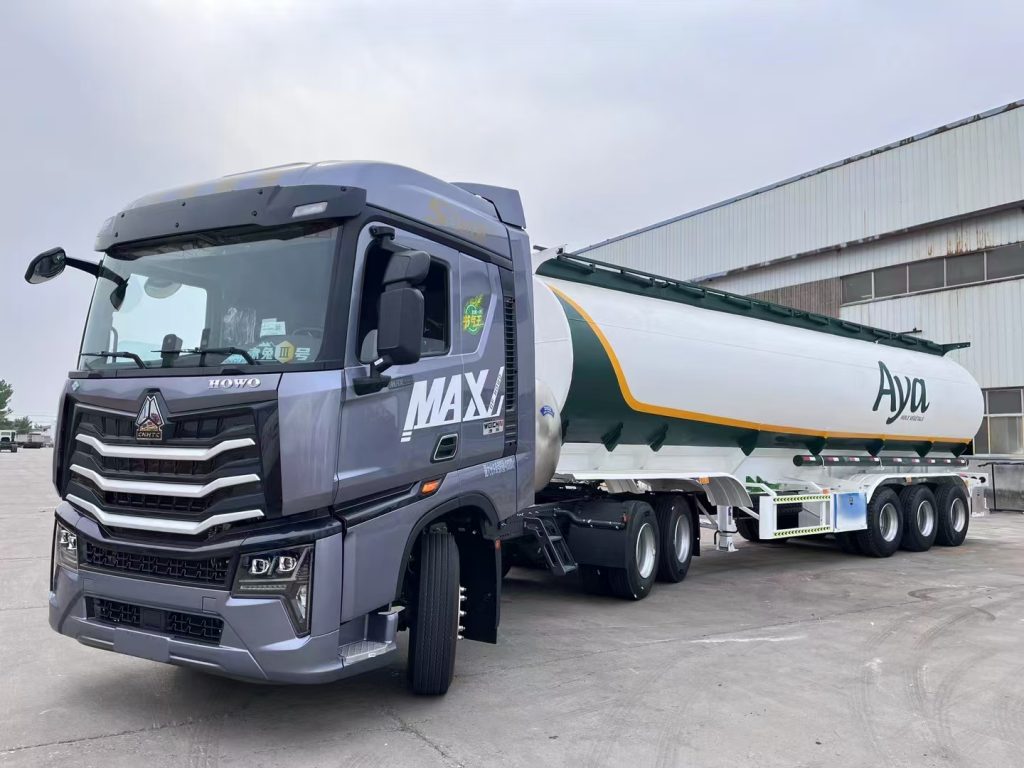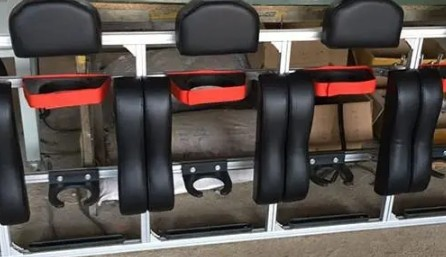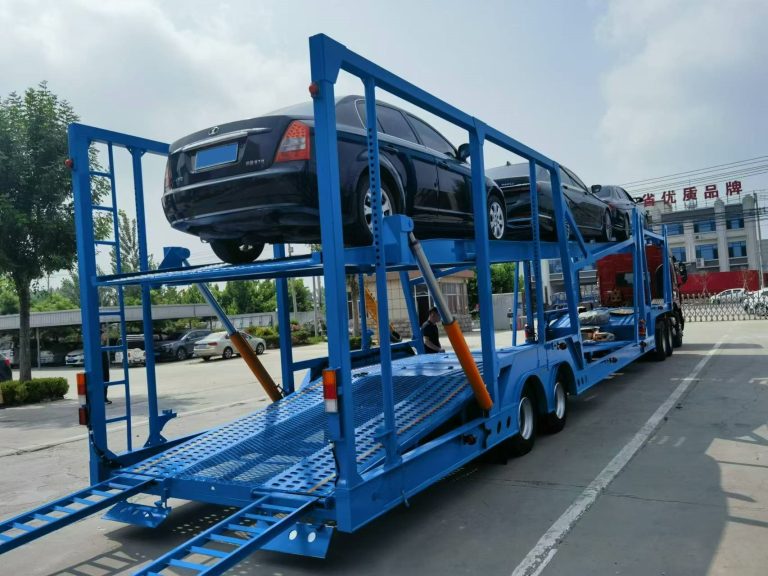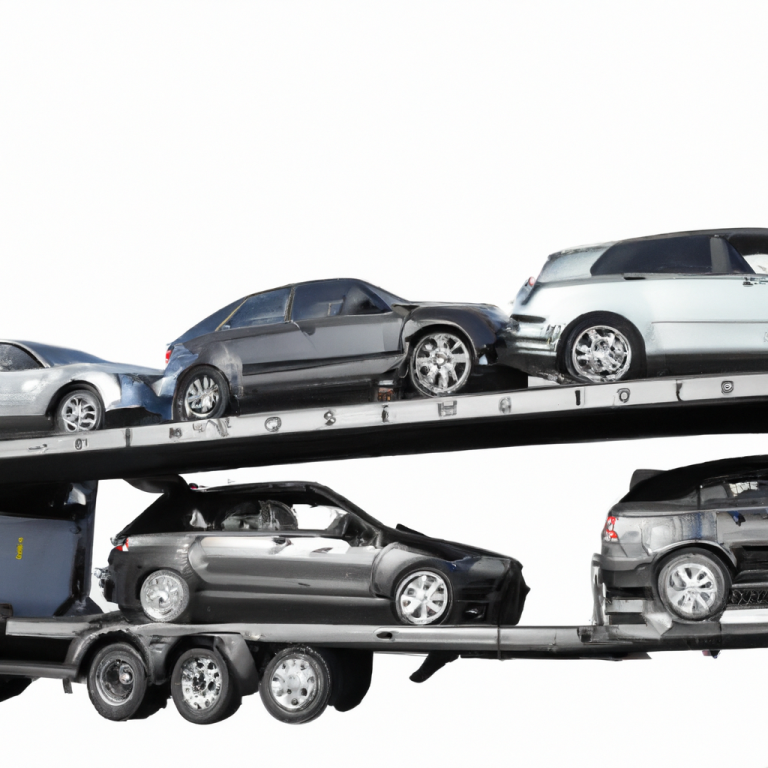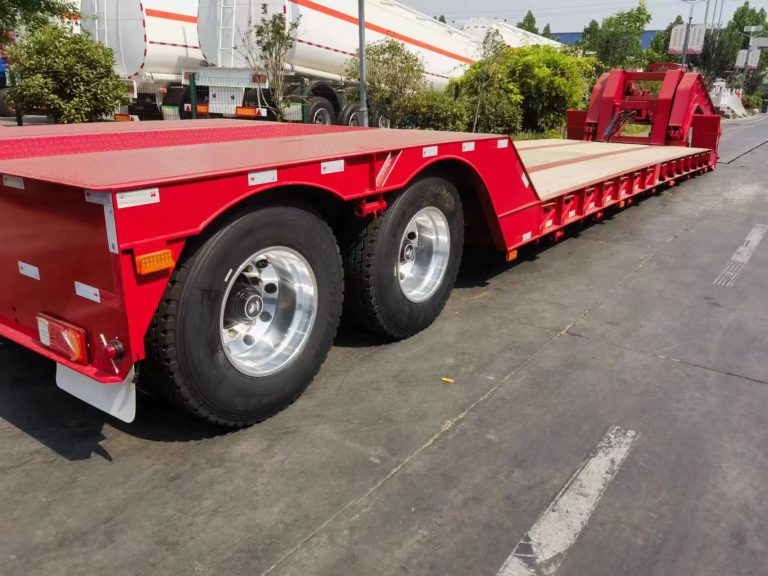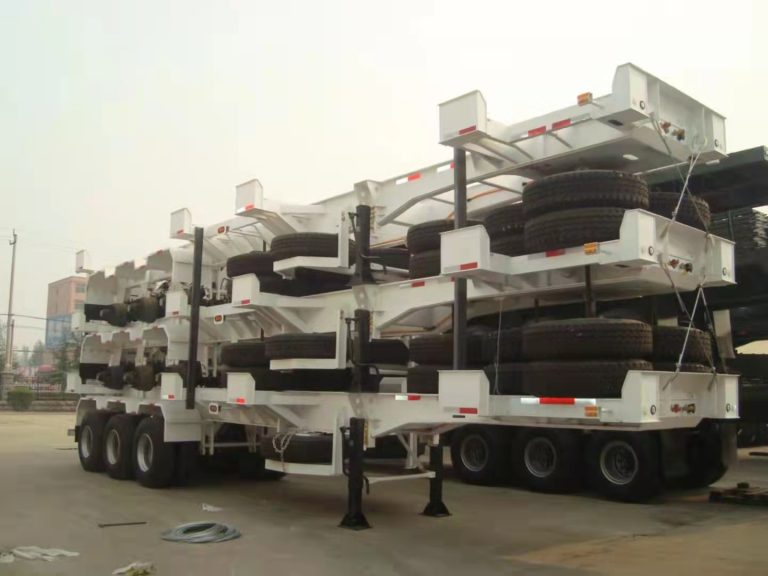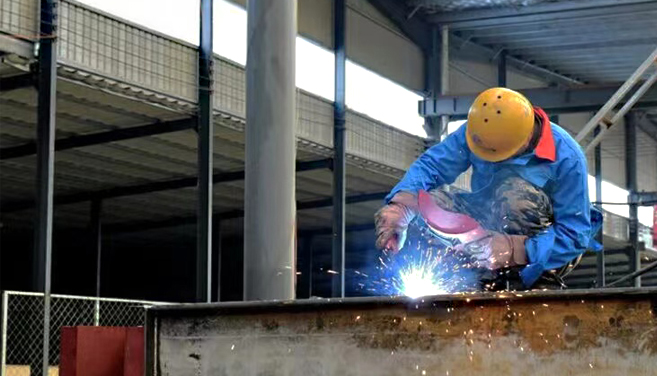Duck blood tankers and milk tankers are similar in basic structure and function, but there are also some differences between them, mainly in the following aspects:
Design purpose: Milk tankers are designed for transporting milk and other dairy products. Their interior is usually made of food-grade stainless steel to ensure that the flavor and quality of milk are not affected, and they are easy to clean and disinfect to meet strict food safety standards. Duck blood tankers are specially designed for transporting blood products such as duck blood, and may be specially designed for the special properties of blood products (such as coagulation).
Insulation and refrigeration: Both have insulation functions, but the refrigeration requirements may be different depending on the characteristics of the transported goods. Milk needs to be kept fresh at a lower temperature, and although duck blood also needs to be stored at low temperatures to prevent deterioration, it may be different from milk in terms of temperature sensitivity or optimal storage temperature. Therefore, the refrigeration system of duck blood tankers may be adjusted according to the storage requirements of duck blood.
Cleaning and hygiene: Although both require strict hygiene standards, duck blood tankers may be designed to focus more on preventing blood coagulation and difficulty in cleaning, because blood products are more likely to leave difficult-to-clean residues than milk.
Regulatory compliance: Different types of food need to comply with specific regulations and standards during transportation. As different types of products, milk and duck blood may need to meet different industry specifications and health and safety requirements during transportation.
In general, although duck blood tankers and milk tankers are similar in basic structure (such as tank material and insulation design), they will be specifically designed and adjusted according to the characteristics of their respective transported goods to ensure the quality and safety of the goods. In actual use, the vehicle may need to be properly modified and maintained to meet the transportation needs of different goods.
